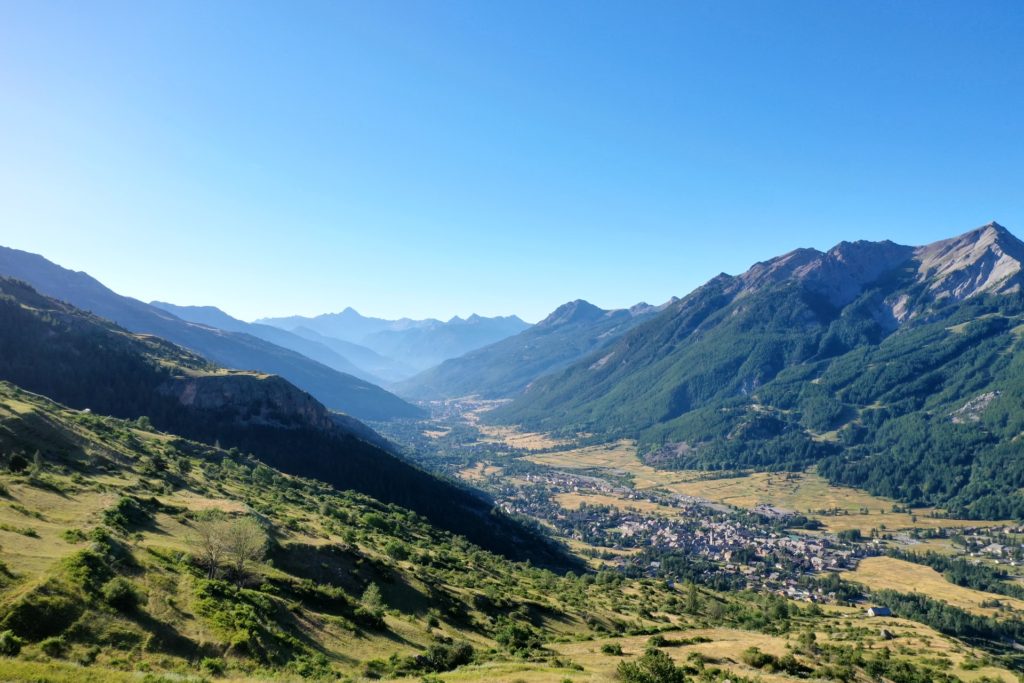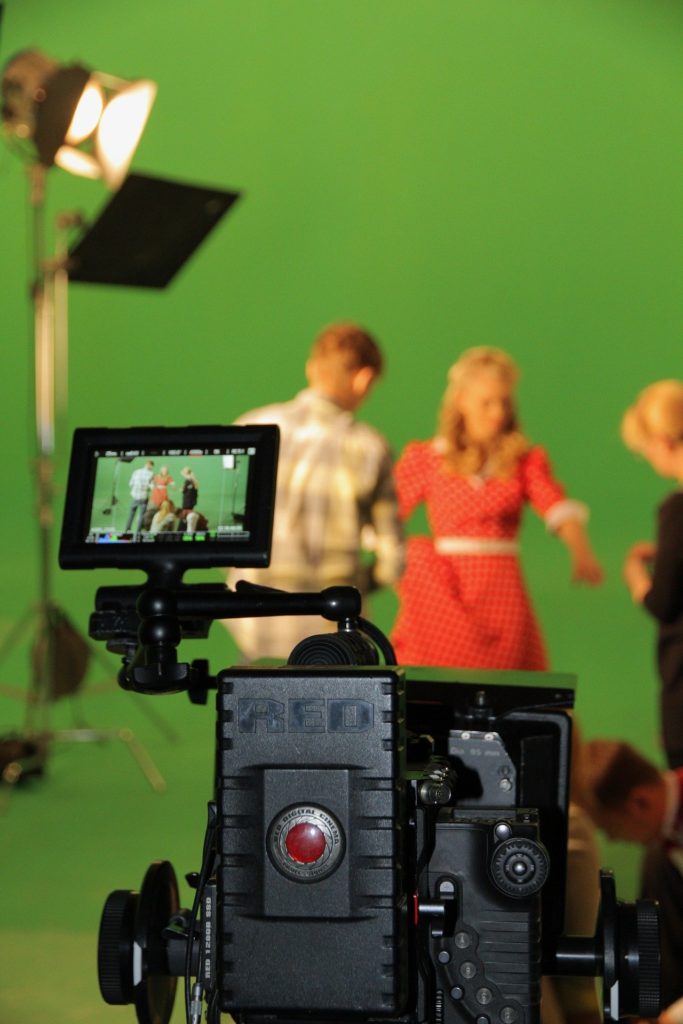Movies have two kinds of objective shots and subjective shots. Any lens that represents the eyes of the director and narrates and expresses everything from the director’s perspective (in a neutral attitude) is collectively called an objective lens. Any lens that represents the eyes of the people in the play and directly witnesses and observes people and things, sceneries and objects in the great world, or that expresses the illusions, dreams, and emotions of the characters, is called a subjective lens.
- Subjective lens
It is a vocabulary peculiar to the movie. It is a film picture shot based on the sight and psychological feelings of a certain character in the movie. It makes “our eyes and the eyes of the people in the play become one, so the feelings of both parties also merge.” It’s one.” (Balaz “Film Aesthetics”)
The eyes of the people in the play The lens is used as the eyes of the people in the play, which is a common technique in the film. It allows the audience to appreciate their experiences, feelings and behaviors from the perspective of the people in the play. Make the audience and the people in the play become one.
The mental state or emotions of the characters, such as the revolving of the sky and the wobbly picture, to show the characters’ dizziness or serious injuries; the bizarre and chaotic images reflect the drunken eyes of the characters.
Character Psychology Use the subjective lens to show the character’s hallucinations, auditory hallucinations, and imagination to express the inner world of the characters.
The subjective and objective status of the lens is constantly changing. The subjective lens can only be interspersed and used well, which is the icing on the cake. If a film is subjective shots from beginning to end, it will be twice the result with half the effort and it will be counterproductive.
- Empty lens
Refers to a lens without people, people are used to call it a scene lens. The Soviet critic Famalin once said that “theatre cannot tolerate natural scenery. Movies must have natural scenery. Drama is performance. Movies are life.” (“World Movies”, 1982 No. 1)
The “natural scenery” mentioned here is the empty lens in the movie. It is often used as a metaphor, symbolism, lyricism, atmosphere, borrowing and writing about people, etc.
Empty shots can introduce the environment in which the entire story takes place, and are generally used at the beginning of the film.
Empty shots often touch the scene to give birth to emotion, the scene blends, and the scene conveys strong emotions. Metaphorical empty shots often directly vividly embody abstract concepts in visual images.
Empty shots often give the audience imagination, make the audience temporarily leave the narrative of the film’s plot, and allow the visual perception to focus on the emotional color of the event. “Rediscover yourself in the artwork according to your own beliefs, emotions and thoughts, and can Resonate with the object represented”.

- Special effects lens
This is the use of the technical performance of the movie camera (including the printing technology) to create a variety of realistic and unrealistic screen images. Special effects shots can create a certain emotional color, sentiment, atmosphere, and create specific psychological effects.
slow motion:
Slow motion was taken with a high-speed camera. The general lens has 24 frames per second, and the high speed can be 48 or 96 frames, but the projection speed is still 24 frames per second, so slow motion occurs. It is also called upgrading in photography. First of all, slow motion can create artistic conception, express poetry or philosophy. Secondly, slow motion can show the most impressive things in the character’s mind, and these things will have a huge impact on his life.
Quick shot:
Contrary to slow motion, the camera shoots at a frequency of less than 24 frames/sec. When it is projected at the normal frequency (24 frames/sec), it produces a visual effect that is faster than the actual process, which is the so-called “fast motion lens.” “. It is called degrading in photography. The characters in the fast camera move like robot-like hands and feet, often creating a funny screen effect. Fast-action shots can also cause sharp psychological effects.

Close-ups in the movie
A close-up is a shot of the face of a person, a certain part of the human body, and a certain detail of an object in the movie. Close-up shots are a major development in the history of film art creation. They were first created and used by early American film director Griffith and others. Its appearance and use have enriched and enhanced the unique expressive power of film art, which has always been film aesthetics.
A portrait whose lower frame is above the shoulders of an adult or other parts of the subject is called a close-up shot. Close-up shots fill the frame, closer to the audience than close-up shots. The background is of secondary importance and even disappears.
Close-up shots can subtly express the facial expressions of characters. It has a special visual experience that is not common in life. It is mainly used to depict the inner activities of the characters, and the actor transmits the inner activities to the audience through the face.
Close-up shots of people or other objects can give the audience a strong impression. In feature films and TV dramas, close-ups of props often contain important theatrical elements. In a montage paragraph and sentence, the close-up has the meaning of emphasis and emphasis. For example, taking a middle shot of a teacher’s lecture, a glass of water on the table, such as taking a close-up, it means that it may not be ordinary water.
